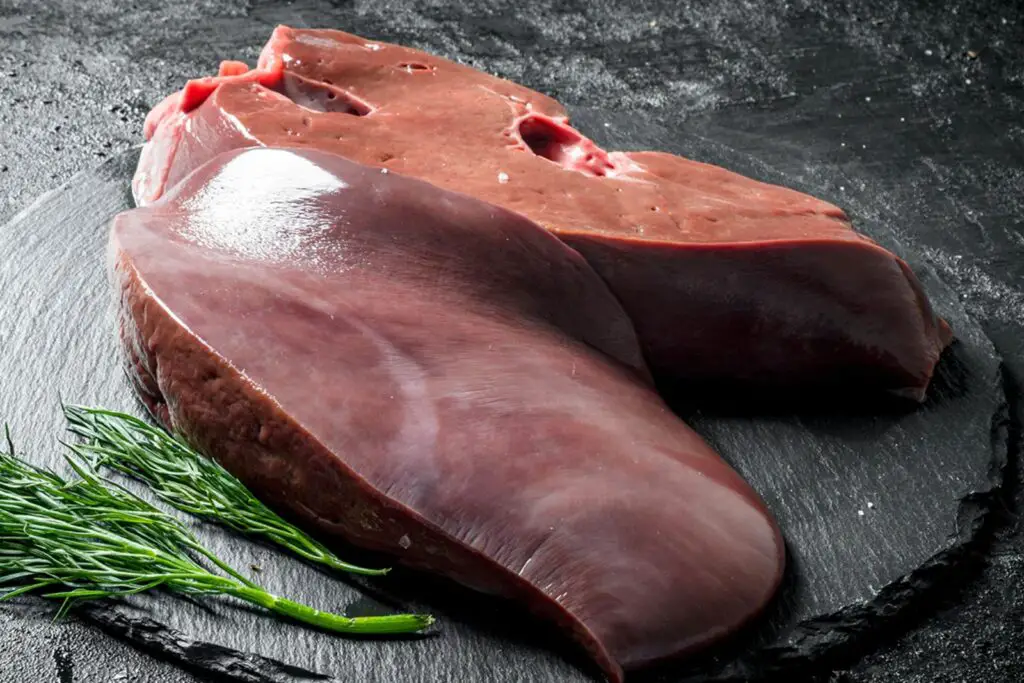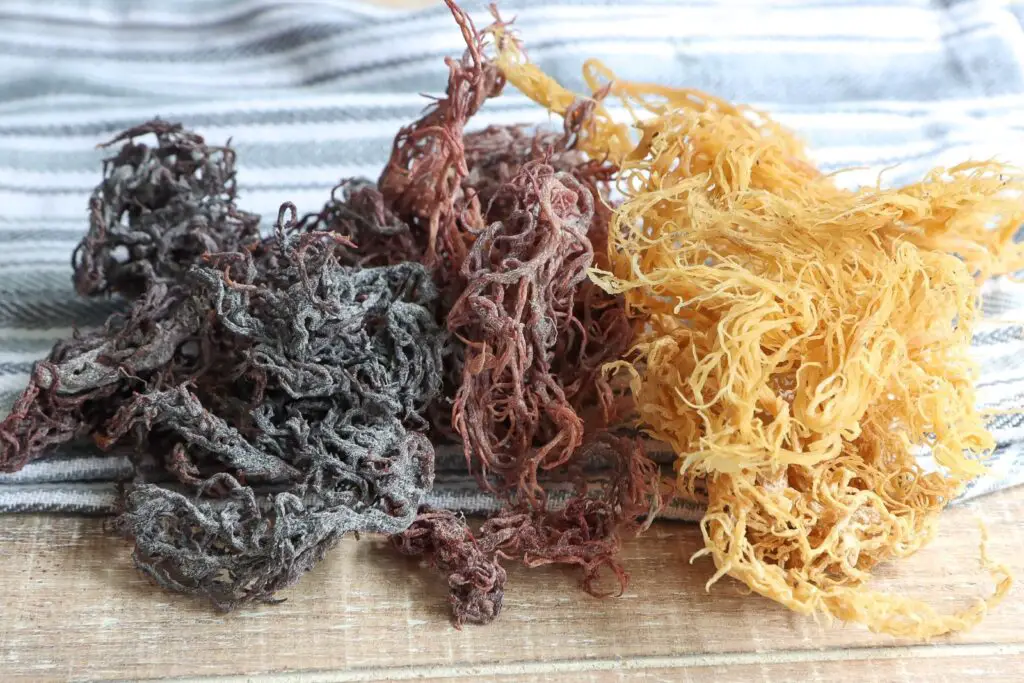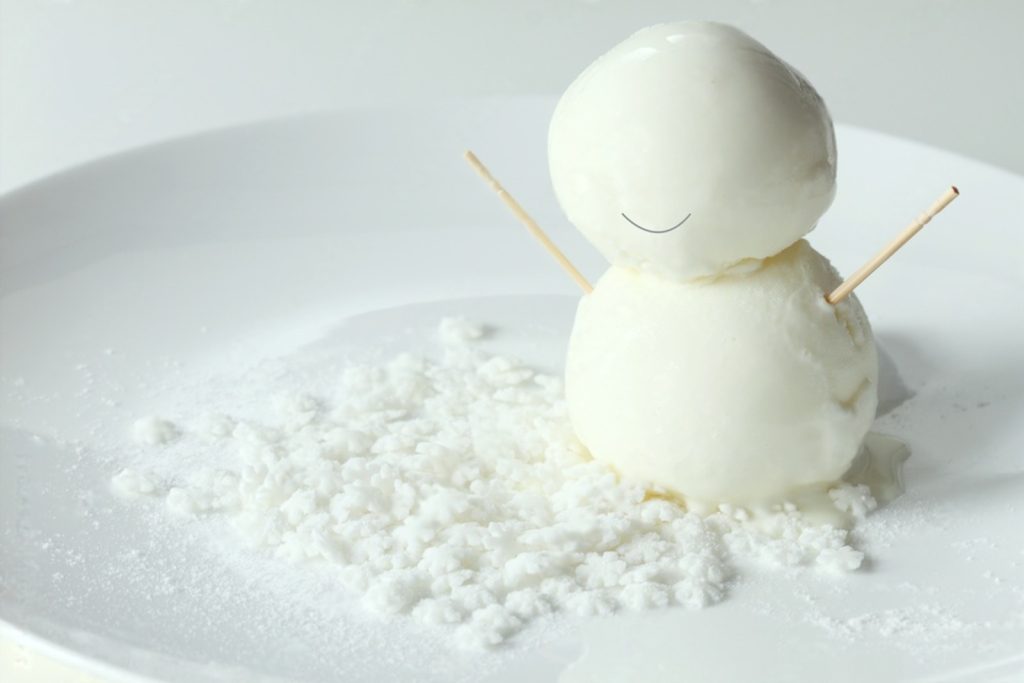
Costco muffins are well-known for their large size, moist texture, and irresistible flavors. These oversized treats, available in various mouthwatering options such as blueberry, chocolate chip, and banana nut, have become a staple for many households. While enjoying these muffins fresh from the store is a delight, sometimes we find ourselves with more than we can consume before they start to stale. Fortunately, freezing Costco muffins is a simple and effective solution to prolong their freshness and enjoy them at a later time. In this guide, we will explore the best practices for freezing Costco muffins, ensuring that you can savor their deliciousness whenever the craving strikes.
Here are the steps in freezing Costco muffins:
Step 1: Allow the muffins to cool down completely
Allowing the muffins to cool down completely before freezing is an essential step in the freezing process. This step ensures that any moisture or condensation that has accumulated during the baking process evaporates, preventing ice crystals from forming on the muffins’ surface during freezing. If muffins are not cooled down before freezing, the moisture on their surface can lead to freezer burn, which can cause changes in the texture, flavor, and appearance of the muffins. Additionally, freezing warm muffins can increase the temperature inside the freezer, leading to the formation of ice crystals on other frozen foods, causing them to deteriorate faster. Therefore, it is crucial to wait until the muffins have reached room temperature before freezing them to ensure that they stay fresh and delicious.
Step 2: Choose the type of packaging
Choosing the right type of packaging for your Costco muffins is important because it helps to prevent freezer burn and keep the muffins fresh for a longer time. There are two popular types of packaging to choose from when freezing muffins: resealable freezer bags or plastic wrap.
If you decide to use a resealable freezer bag, make sure that it is freezer-safe and airtight to prevent any air or moisture from getting inside. Place the muffins in a single layer inside the bag, and remove as much air as possible before sealing it tightly. You can also use a vacuum sealer to remove the air completely from the bag.
Alternatively, you can wrap each muffin individually in plastic wrap, making sure to cover the entire muffin tightly. This method works well for muffins that you plan to consume one at a time, as it allows you to take out individual muffins as needed without having to thaw the entire batch.
Regardless of the type of packaging you choose, make sure that it is labeled with the date of freezing and the type of muffins to keep track of their shelf life. Proper packaging will help to ensure that the muffins stay fresh and delicious, and are free from freezer burn.
Can you freeze muffins with paper liners?
Yes, you can freeze muffins with paper liners, but it is not recommended as the paper can become soggy and stick to the muffins. To freeze muffins properly, it is essential to remove them from the paper liners and wrap them tightly in plastic wrap and aluminum foil to prevent freezer burn. Alternatively, you can use silicone baking cups, which can be frozen along with the muffins and easily removed after thawing.
Step 3: Label and date the package
Labeling and dating the package is a crucial step in the freezing process because it helps you keep track of the muffins’ freshness and ensures that you consume them before they deteriorate. When you label and date the package, you can easily identify when the muffins were frozen and their flavor or type, which is essential when selecting which muffin to thaw.
To label the package, use a marker or a label and write the date of freezing and the type of muffins. For example, you can write “April 18, 2023, Costco Blueberry Muffins.” This information will help you identify the muffins and ensure that you consume them within the recommended shelf life, which is typically around three months.
By labeling and dating the package, you can also easily track the number of muffins in your freezer, which will prevent you from buying more than you need or running out of muffins when you crave them. Additionally, it helps you organize your freezer and saves you time and effort when you are looking for a specific type of muffin to thaw.
Step 4: Place the muffins in the freezer
Placing the muffins in the freezer is the final step in the process of freezing Costco muffins. When you put the muffins in the freezer, it is important to ensure that they are not placed near any warm or hot items that can cause temperature fluctuations. This is because fluctuations in temperature can cause freezer burn and spoilage, resulting in a loss of texture and flavor.
To ensure that your muffins stay fresh and free from freezer burn, place them in a single layer in a flat area in the freezer. If you need to stack them, make sure to separate each layer with a piece of cardboard or freezer paper to prevent them from sticking together. Do not overcrowd the muffins, as this can lead to them touching each other and causing freezer burn. If you have a lot of muffins to freeze, you can consider using multiple containers or freezer bags to separate them.
It is also important to keep the freezer temperature at or below 0°F (-18°C) to ensure that the muffins stay fresh and safe to consume. It is recommended to check the temperature of your freezer regularly to make sure it is functioning correctly and to prevent any temperature fluctuations.
How long are Costco muffins good for in the freezer?
Costco muffins can be stored in the freezer for up to 3 months without compromising their quality. Freezing is an excellent way to extend the shelf life of muffins and have them on hand whenever you want. However, it is crucial to label and date the package to keep track of their freshness and ensure that you consume them within the recommended time frame.
Step 5: Thaw the muffins
Thawing the muffins is the process of bringing them back to room temperature after they have been frozen. It is an important step to ensure that the muffins have the same texture and taste as they did before freezing.
To thaw the muffins, remove them from the freezer and unwrap them from their packaging. Place them on a plate or a wire rack, and let them sit at room temperature for about an hour. This will allow the muffins to thaw naturally and prevent them from becoming soggy.
Avoid thawing the muffins in the microwave or oven as this can result in uneven thawing, which can lead to a loss of flavor and texture. Additionally, microwaving or baking the muffins can cause them to become too hot and potentially burn your mouth.
Once the muffins are thawed, you can consume them as you normally would. If you have thawed more muffins than you need, you can store them in an airtight container or wrap them in plastic wrap and place them in the refrigerator for up to three days.
How do you microwave frozen Costco muffins?
To microwave frozen Costco muffins, remove them from their packaging and wrap them in a damp paper towel. Microwave on high for about 20-30 seconds per muffin, or until they are warm to the touch. Be sure to check the muffins frequently to avoid overcooking or overheating, which can cause them to become tough or dry.
Can you put frozen muffins in the toaster?
It is not recommended to put frozen muffins directly in the toaster as they can become overcooked and dry. Instead, it is best to thaw the muffins first by placing them in the refrigerator overnight or microwaving them on low power until they are just thawed. Once thawed, you can toast them lightly in the toaster or oven for a crispy exterior.
Can you thaw frozen muffins in the fridge?
Yes, you can thaw frozen muffins in the fridge, which is the safest and best method. Thawing them in the fridge overnight allows them to defrost slowly and evenly, preventing them from becoming too moist or developing an off-flavor. Thawed muffins can be reheated in the oven or toaster for a few minutes for a crispy exterior.
Other related questions
How can I tell if frozen muffins have gone bad?
The best way to tell if frozen muffins have gone bad is to look for signs of freezer burn, such as a dry, shriveled appearance or a whitish, powdery coating on the surface. If the muffins have an off odor or taste, or if the texture is mushy or slimy, they may have spoiled and should be discarded. Properly stored frozen muffins can last up to three months without significant quality loss, but it’s best to use them within a month to ensure optimal taste and texture.
Is it better to freeze or refrigerate muffins?
It is better to freeze muffins than refrigerate them, as refrigeration can cause them to dry out and become stale quickly. Freezing muffins can help extend their shelf life and maintain their flavor and texture. However, it is important to wrap them tightly in plastic wrap and aluminum foil to prevent freezer burn and label and date the package to ensure they are consumed within the recommended time frame.
Does freezing muffins dry them out?
Freezing muffins does not necessarily dry them out, but improper freezing and thawing techniques can cause them to become dry and stale. To prevent muffins from drying out when freezing, it is essential to wrap them tightly in plastic wrap and aluminum foil to prevent freezer burn, label and date the package, and store them in airtight containers. Additionally, it is crucial to thaw them naturally and avoid microwaving or baking them, which can cause them to lose moisture and flavor.
Can you refreeze Costco muffins?
It is not recommended to refreeze Costco muffins once they have been thawed as it can cause them to lose their texture and flavor. Refreezing can also increase the risk of bacterial growth and foodborne illness. It is best to only thaw the amount of muffins you plan to consume and store the remaining ones in the freezer until needed.








